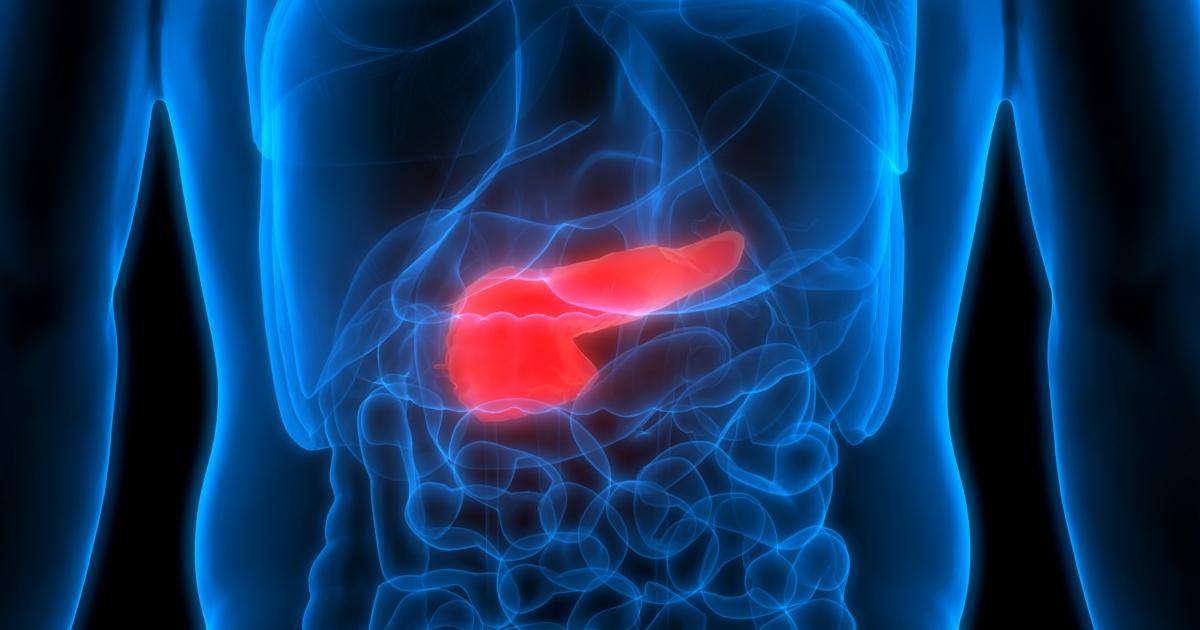What Are The Symptoms Of Ampullary Cancer?
Ampullary cancer is a type of uncommon malignancy that develops in the area of the digestive system called the ampulla of Vater. This area is where the ducts that come from the pancreas and gallbladder attach to the small intestine to secrete substances necessary for healthy digestion. Because of its proximity to other digestive system components, ampullary cancer often spreads and affects the normal function of other organs such as the pancreas, small intestine, liver, and gallbladder. This type of malignancy is diagnosed with the use of medical imaging, diagnostic endoscopy, and tissue biopsy. The preferred and most effective treatment for ampullary cancer is surgical removal of the tumor. This objective is usually accomplished with a procedure called a pancreaticoduodenectomy. Although ampullary cancer is rare, its symptoms can mimic those of other unrelated conditions.
Pancreatitis

Pancreatitis is a condition that occurs when the pancreas becomes inflamed. The pancreas is the gland that sits behind the stomach and is responsible for producing enzymes that assist with healthy digestion. These enzymes also help manage the way the body metabolizes glucose. Pancreatic inflammation happens when the digestive enzymes are not released into the small intestine before they become activated. As a result, the enzymes take their digestive actions out on the tissues of the pancreas instead of the food inside of the small intestine. Pancreatitis causes patients to experience symptoms such as fever, abdominal pain, rapid pulse, and vomiting. Ampullary cancer can cause episodes of acute or sudden pancreatitis. The digestive enzymes in a healthy individual leave the pancreas and flow through a duct, then pass through the ampulla of Vater and empty into the small intestine. In a healthy digestive system, these enzymes would generally make their full journey to the small intestine before they become activated. The tumor in ampullary cancer patients obstructs the duct, and it stops the normal movement of the enzymes. These enzymes accumulate in the pancreas as a result, and pancreatitis occurs once activated.
Uncover more symptoms of ampullary cancer now.
Back Or Abdominal Pain

Over half of all ampullary cancer patients will present with intense back or abdominal pain as a result of their growing tumor. This pain is a occurs due to the backup of digestive substances, compression of gastrointestinal system tissues, and sometimes the restriction of blood flow to areas around the ampullary tumor. Because cancer is characterized by rapidly growing masses of cells located in places where they do not belong, ampullary tumors may stop the flow of bile and digestive proteins into the intestine. Bile can build up in the liver causing inflammation and sometimes permanent damage to its tissues. Digestive enzymes also tend to back up into the pancreas, which causes pancreatitis to occur. Both instances of inflammation are known to result in what can only be described as excruciating pain. The pain resulting from the effects of ampullary cancer is usually located in the middle of the abdomen when it involves the liver, the right side of the abdomen when it involves the gallbladder, and the middle of the back when it involves the pancreas. Lower abdominal pain may occur as well if the tumor grows down into the small intestine, and it compresses the surrounding tissues and blood vessels.
Continue reading to reveal more warning signs of ampullary cancer now.
